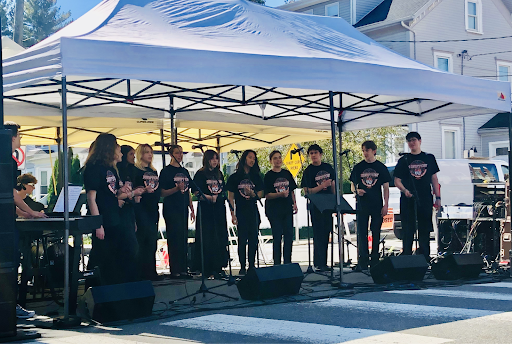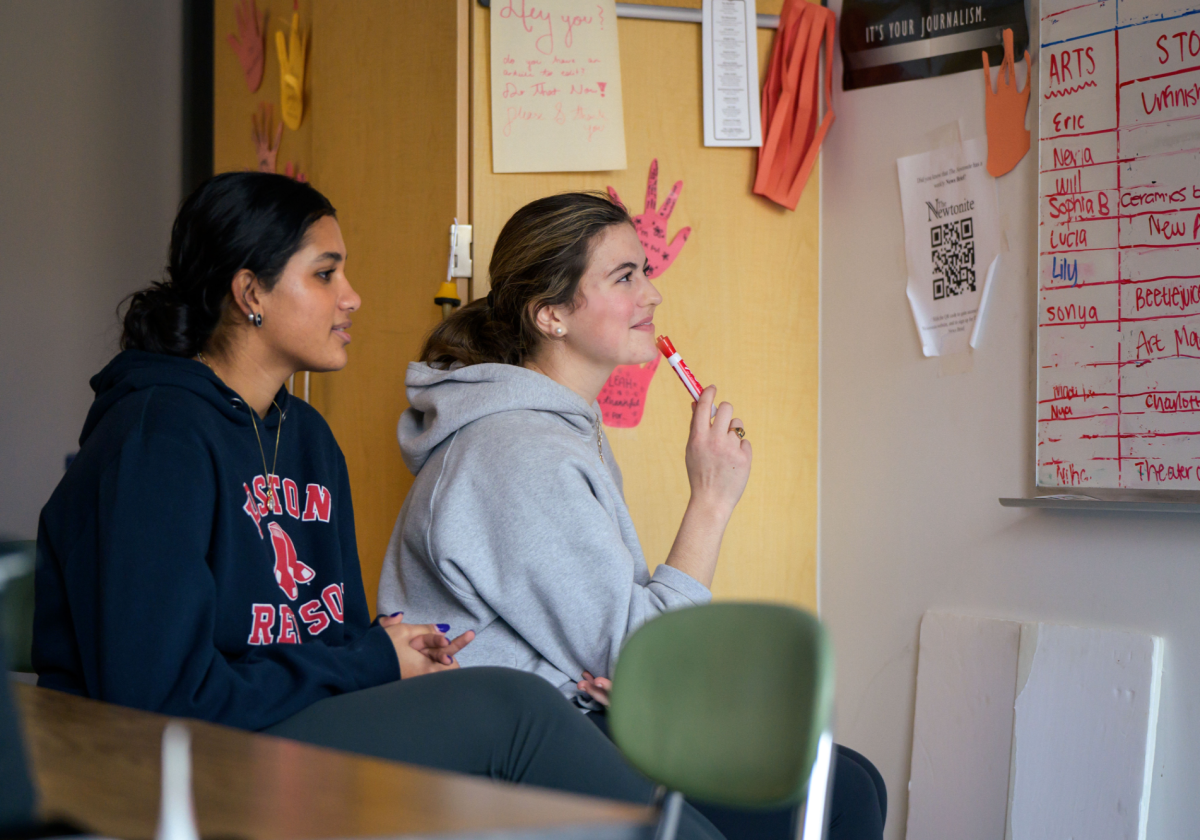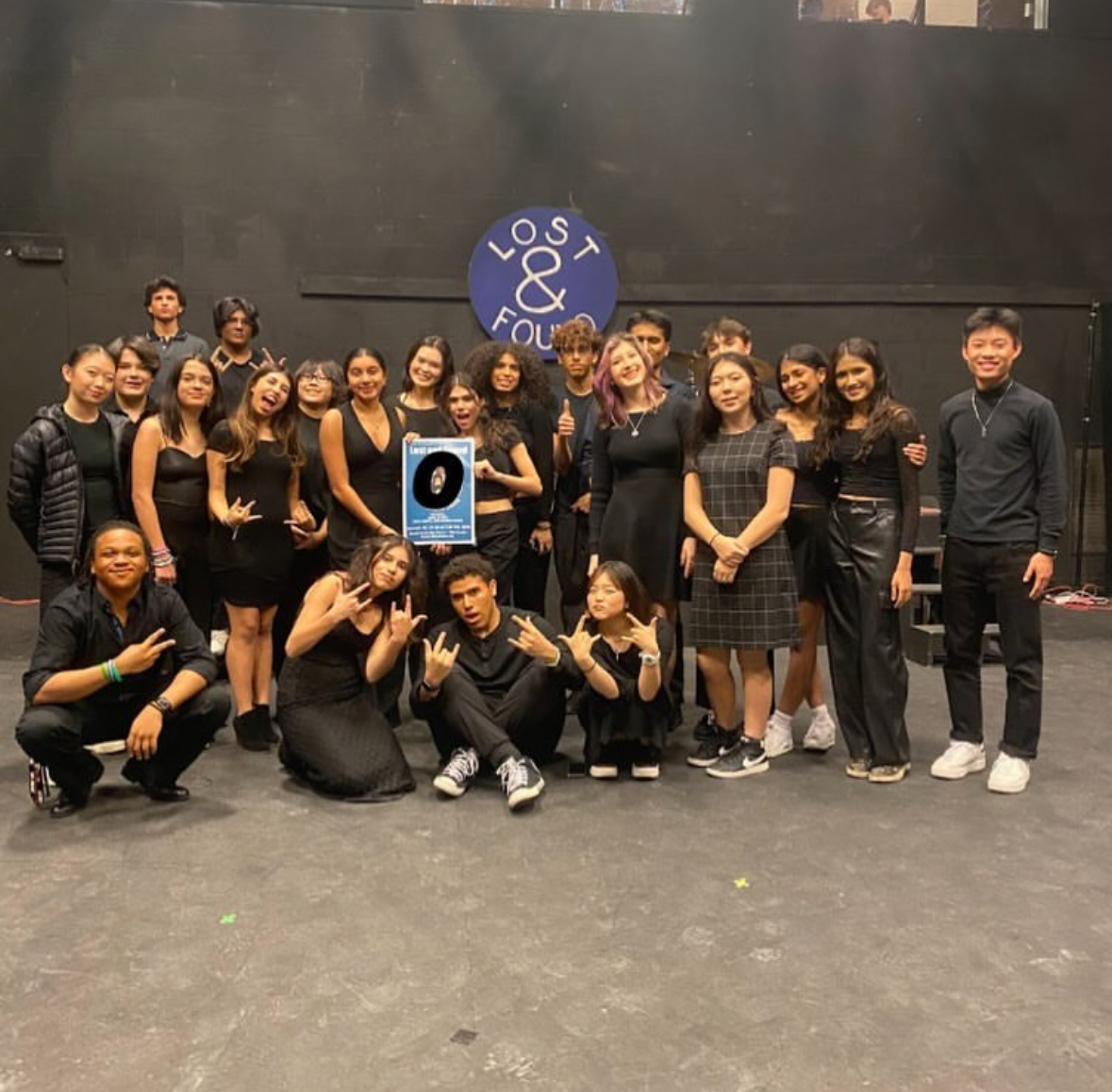Students entered the building Tuesday to find many orange pamphlets in the hallways voicing students’ concerns about the effects of teacher contract negotiations.
Students for Teachers (SFT)—an independent group run by South senior Kevin Yang and South junior Risha Sinha—distributed over two thousand pamphlets between North and South, according to the group. These pamphlets addressed the impact of what the group claims to be underfunding of schools and underpaying of teachers.
“We want to mobilize as many students as possible, and hear as many student voices as possible,” said Sinha. “By and large, that means that we want people to come to school committee meetings, we want them to come on Zoom, we want them to come in person, we want them to make their voices heard.”
The group published many variations of the pamphlet with various questions directed towards students written in large bold letters on the front. The questions included, “What’s up with the contract?”, “Why are we losing money for sports?”, “Why do teachers wear blue?”, and “Why do teachers seem stressed?”
“I just walked out of my class, and there were all these orange pamphlets everywhere. I was wondering what they were,” said senior Louisa Matos.
According to Chinese teacher Yuzhe Wang, a member of the Newton Teachers Association (NTA), “The question definitely caught my attention because I do feel stressed.”
The pamphlet also invited students to attend this week’s School Committee meeting Wednesday, Sep. 27. Students, teachers, and parents lined the halls of the Education Center prior to the meeting, chanting pro–union cheers as the School Committee members and Mayor Fuller arrived.
Sinha and Yang both spoke during the meeting’s public comment time in front of Mayor Fuller and the School Committee, alongside Newton parents and educators.
“Teachers have given me so much,” said Sinha. “I wanted to do something that showed my support.”
She added about the creation of the pamphlet, “What we want to do is create something that was really easily digestible, something that makes contract negotiations feel approachable, because at the heart of it, we feel that students have been left out of this process.”
On the inside of the pamphlet, the group defined more commonly used terms associated with negotiations such as “work-to-rule”. It also listed the teachers’ demands and what not having these demands fulfilled has led to. Displayed at the bottom was a timeline providing students with a background on the process of the negotiations thus far.
The pamphlet also let students know what they can do to get involved in making their voice heard and includes a QR code that links to the group’s website.
“For me, it’s a way to channel energy into doing that, and it helps me feel like I’m making a difference and that my voice is being heard. I’d encourage other students to get involved to do the same for themselves,” Sinha added.














































